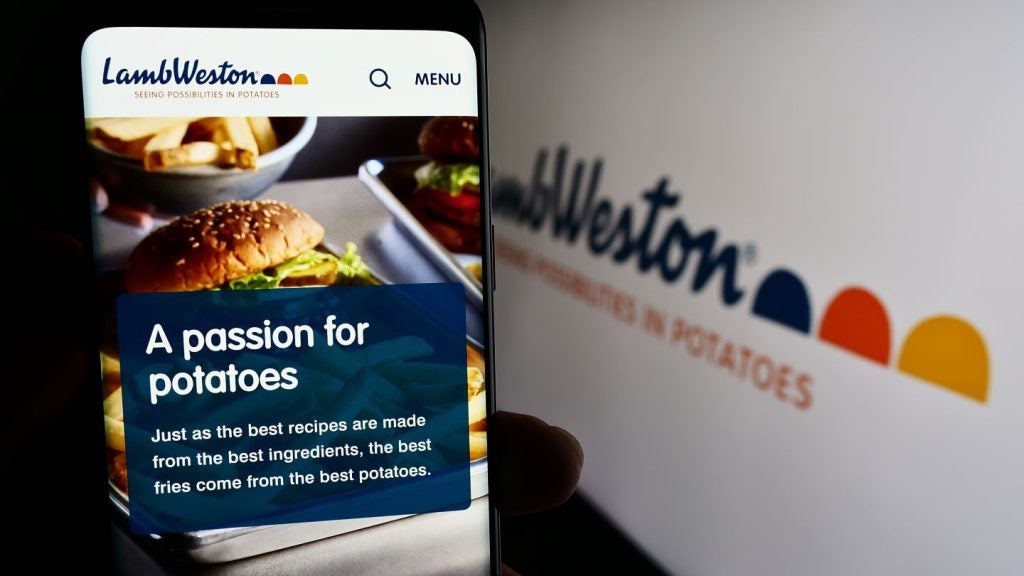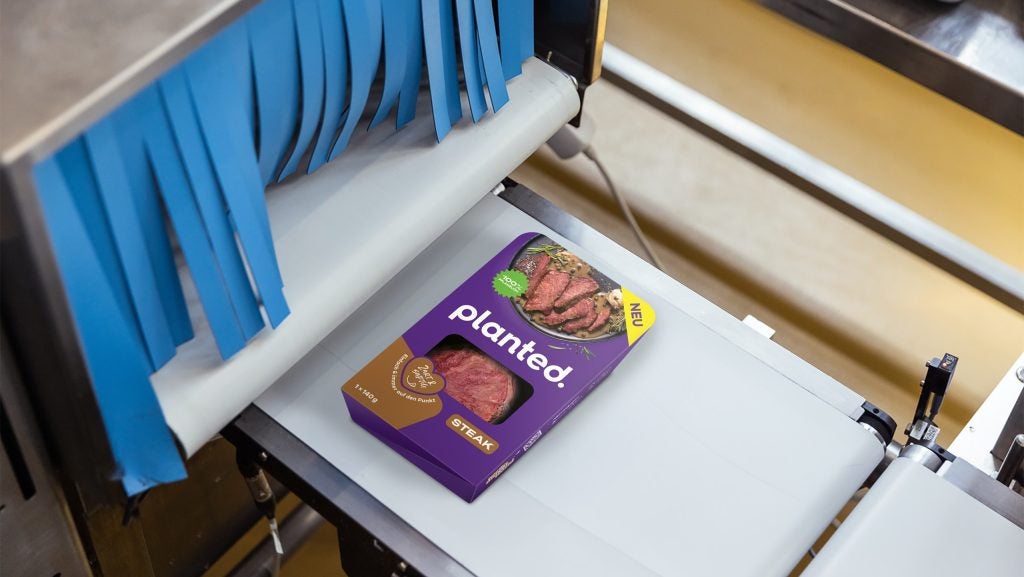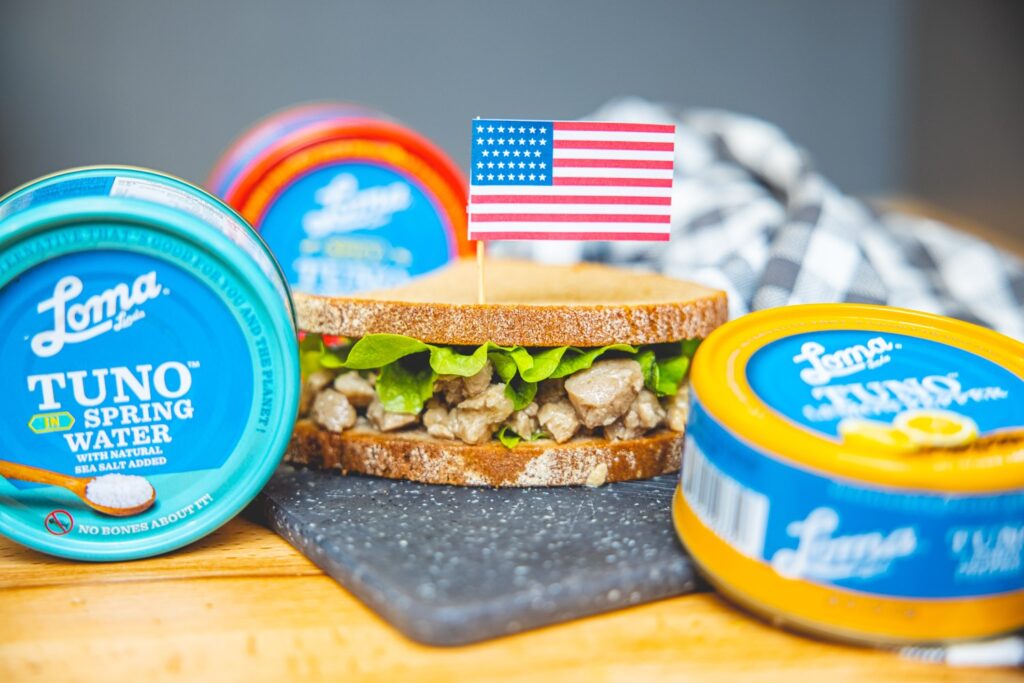The US food oversight agency is making good on a pledge to redefine what can be deemed as “healthy” products with a new ruling.
In the works since at least 2022 as part of the White House’s national nutrition and health strategy, the key thrust of the endeavour, led by the Food and Drug Administration (FDA), is to make it easier for consumers to make healthier choices over what they eat.
And to encourage US food manufacturers to come on board by laying out a set of rules for what foods must contain in order to be classified as “healthy”. At the heart of it, is foods high in sugar, salt and fat as the US government seeks to reduce the instances of diet-related diseases.
The FDA set out the base parameters yesterday (19 December) but is due to hold a webinar with “stakeholders”, on a date yet to be determined, to discuss the “final rule” and address questions. A new document is due to be issued on 27 December.
To be classified as healthy, foods will now have to contain a certain amount of the nutritional food elements “from at least one of the food groups or subgroups” listed by the Dietary Guidelines for Americans – fruits, vegetables, fish, olive oil, nuts and grains, for instance. Fat-free, dairy-free and protein foods are others.
Additionally, the healthy claim can only be used if the products “adhere to specified limits” on saturated fat, sodium and added sugars.
FDA commissioner Robert Califf said: “Improving access to nutrition information is an important public health effort the FDA can undertake to help people build healthy eating patterns.
“It is vital that we focus on the key drivers to combat chronic disease, like healthy eating. Now, people will be able to look for the ‘healthy’ claim to help them find foundational, nutritious foods for themselves and their families.”
The FDA said it is still in the process of developing a “healthy” symbol label that manufacturers can display on their products, if those products comply with the new criteria, thereby providing consumers with some surety.
Another proposed measure also remains in the pipeline – a front-of-pack labelling system put forward in 2022, which would employ a system similar to a star rating or traffic-light code.
The FDA said yesterday it has “conducted consumer research and plans to issue a proposed rule on front-of-package nutrition labelling on food products to help consumers quickly and easily identify how foods can be part of a healthy diet”. No timeframe for a firm rule was provided.
In the same statement yesterday, Jim Jones, the FDA’s deputy commissioner for human foods, said: “Food labelling, like ‘healthy,’ may help foster a healthier food supply if manufacturers choose to reformulate their products to meet the new definition.
“There’s an opportunity here for industry and others to join us in making ‘healthy’ a ubiquitous, quick signal to help people more easily build nutritious diets.”
NGO and industry reaction
As the US prepares to welcome Donald Trump into the White House, and steadies for a possible onslaught to combat ultra-processed foods under the purview of Health Secretary Robert F. Kennedy Jr., the Center for Science in the Public Interest (CSPI) weighed into food manufacturers but applauded the healthy foods rules.
“Companies will no longer be allowed to market foods loaded with added sugars as ‘healthy,’” CSPI senior policy scientist Eva Greenthal said, adding that the new rule will “prevent companies from making misleading marketing claims”.
However, Greenthal said it will have a “limited impact”, mainly because the healthy claims labels are voluntary, as she urged the government to get on with introducing a front-of-pack labelling system.
"The need for food labeling reform is far from over. We expect the 'healthy' rule will have a limited impact because it only applies to those few products bearing the voluntary 'healthy' claim," she said.
“The most important step that the Biden administration can take to leverage food labels for public health is to publish the FDA’s proposed rule on mandatory front-of-package nutrition labelling.
“By moving forward to require front-of-package labelling, in addition to this final rule defining ‘healthy’, FDA can effectively address both.”
The Consumer Brands Association also aired an element of criticism at the FDA’s healthy food ruling, suggesting it does not go far enough.
Sarah Gallo, the Association’s senior vice president for product policy, said: “FDA's update to the healthy claim on food labels stands to exclude some packaged foods, despite countless years of industry innovation to provide healthier options.
“We remain concerned that this government regulation is not based on clear and unambiguous scientific evidence or an in-depth economic analysis that considers all the potential impacts to consumers and the market, as well as sends the wrong signals to consumers and creates confusion about what food options can contribute to a healthy diet.”
















